K-Laser Therapy – What is it?
Welcome to the first of our six-part blog series on our new K-Laser therapy unit.
We are lucky enough to possess to of these wonderful devices and have them located to help you at our Mooroolbark and Healesville Head office podiatry sites.
Throughout this series, we will be covering everything you should know about laser therapy, including the specific ways the laser works and the key conditions it can help with, such as wart therapy, wound/ulcer treatment, musculoskeletal injury treatment and chilblain treatment.
In this first piece, we’re going to focus on a broader overview of what laser therapy is, how it works, and what it might be able to help you with. So, let’s jump right in.
What is laser therapy and how does it work?
Laser therapy involves using specific frequencies of light, often UV light, to create and impact body tissues. The aim is to stimulate healing, blood flow and skin redevelopment.
So how does a laser do that?
The Technical answer:
Laser therapy is the application of light (red and infrared) over injuries to create therapeutic effects.
Laser therapy works on the cells by a process called photo biomodulation. This is when specific frequencies of light act upon chromophores within our body’s cells. Chromophores (chromo=colour phores = carrier) are chemical entities within our bodies cells that will absorb and interact with specific frequencies of light.
In simpler terms particular frequencies of infrared light will stimulate particular colour carrying portions of our body’s cells. Through much research we know which chromophores interact with which frequency of light. In laser therapy the four frequencies of light and their target chromophores are:
- 800nm – which targets copper chromophores. Copper chromophores corresponds to ATP production. ATP is the main energy molecule that makes our cells go, boosting this encourages faster healing and recovery of cells in tissues like bones, tendons, ligaments and muscles
- 905nm – which acts on hemoglobin to boost cells by increasing their oxygen uptake. This is needed because we’ve sent the recovering cells into overdrive by increasing ATP usage the extra oxygen helps power them at a faster rate
- 970nm – which activates water as a chromophore or as water exists mainly in our body as blood, this wavelength will target and stimulate blood flow. This will help carry around all our extra oxygen we’ve stimulated that we need to power those cells that in overdrive recovering
- 660nm – is our final light source. Unlike the others this is actually a visible level of light. 660nm light is absorbed by melanin which the pigment in our skin so this type of light acts more superficially acting to prevent microbial infection and promote tissue healing at a more superficial level
The simpler answer:
Laser therapy works by using specific infrared frequencies of light that the body responds to, to stimulate:
- Increased cell energy and recovery levels
- Increasing oxygen levels to the cells to help feed them for their higher energy requirements
- Increased blood flow to carry all the oxygen around
- Stimulating healing at skin level and killing germs on the skins surface
The effects of this are:
- Increased healing time
- Increased blood flow
- Reduced chance of infection
- Reduction of pain
- Reduced inflammation and swelling
What conditions can laser therapy treat?
Plenty!
We don’t typically use laser therapy as the only component of your treatment but instead it is part of the various treatments that make up your recovery plan.
Depending on the condition you have, how long you’ve had it, and its severity, we will put together a custom recovery program.
Some of the conditions we may use laser as part of the recovery process are:
What kind of laser do Hurst Podiatry use?
When we decided we wanted to add laser therapy to our podiatry clinic because of its excellent clinical results we did a LOT of research.
We found that K laser is the most powerful and diverse unit on the market.
It is capable of operating at both low and high power settings and has terrific extensive clinical research vindicating its effectiveness.
We believe in offering the best and believe the K laser is best in show for podiatric laser therapy. There are only a few located in the state so we’re very proud to offer this service as part of our clinic.
Where can I get K Laser therapy treatment?
K lasers, like most high end medical equipment, are not cheap and there are only a handful of podiatry clinics in Melbourne offering this kind of treatment.
We are lucky enough to have not one but two of the units available. They are based at our Moorookbark and Healesville Head Office clinics but with a little bit of co-ordination and pre-planning we can generally make available at our Croydon and Kilsyth locations too.
Want to know more about K Laser therapy?
Over the next few weeks we have several blogs coming that outline how the laser works on specific conditions. So, keep your eyes out for that.
If you have any questions on laser therapy and your feet, or you would like to book an appointment to come see us at one of our clinics in Melbourne, give us a call on 03 5901 2216.

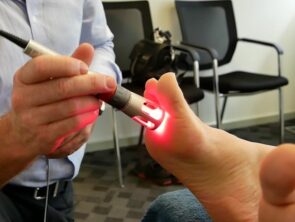
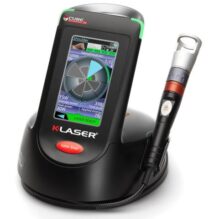
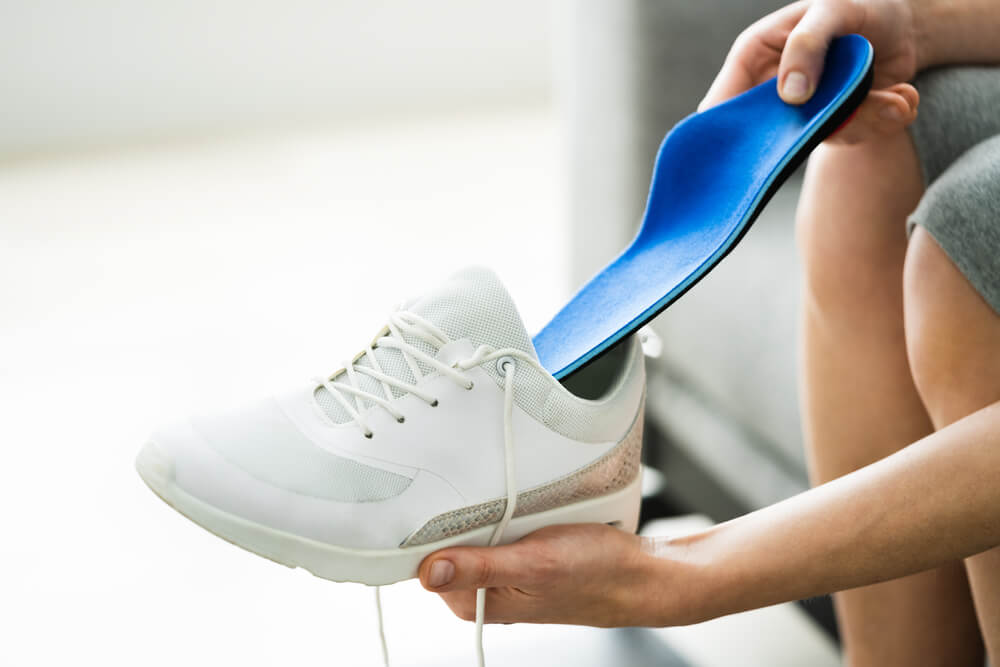
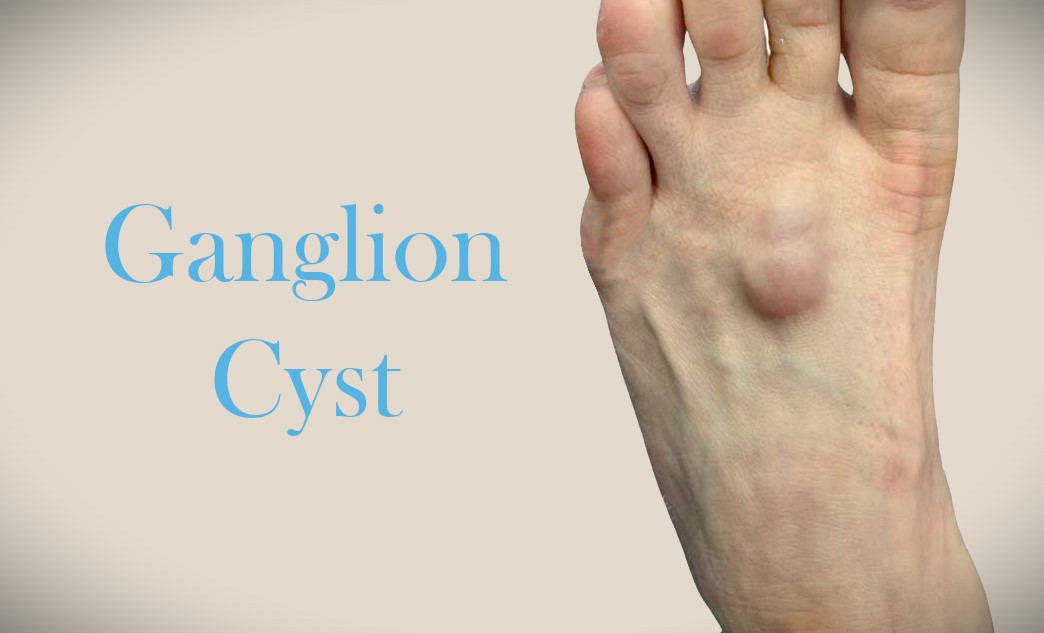
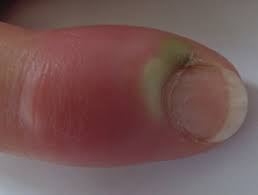
Could this treatment help with lymphatic drainage or lipodema or lymphadema?
Hi, great question!
We haven’t traditionally used our K-Laser for this type of therapy but it does possess settings for this sort of treatment. If this type of therapy is of interest we’d be more than happy to speak to our technical expert on the best way to approach therapy for such an issue, if you were interested in pursuing treatment. Thanks for the question!